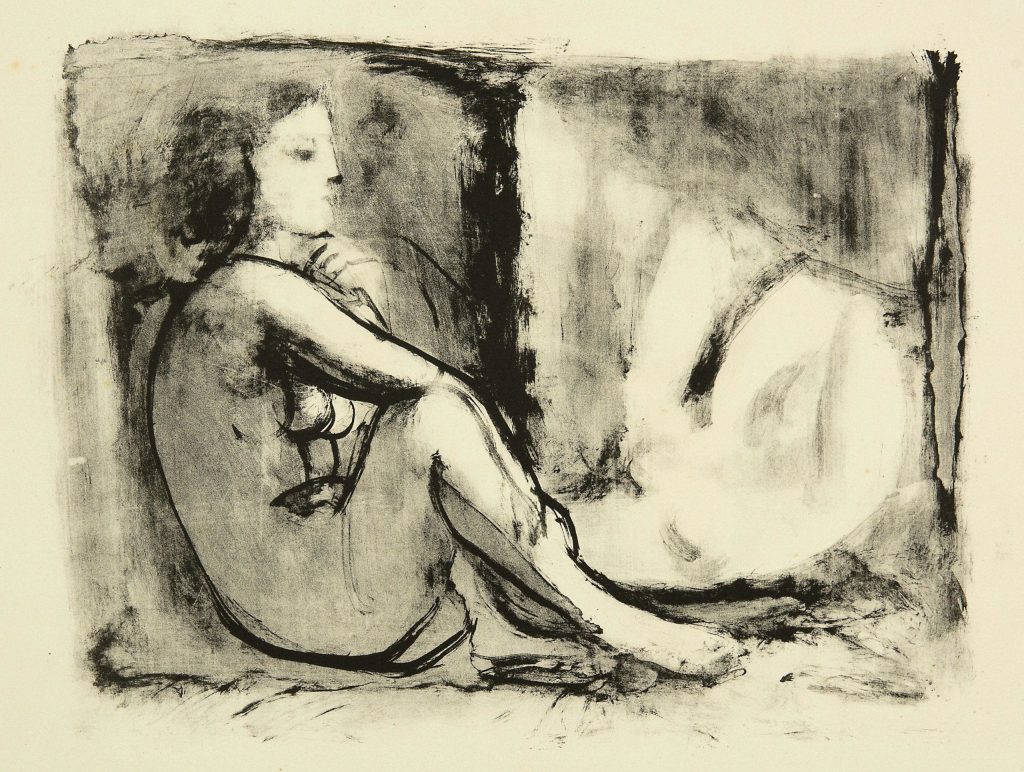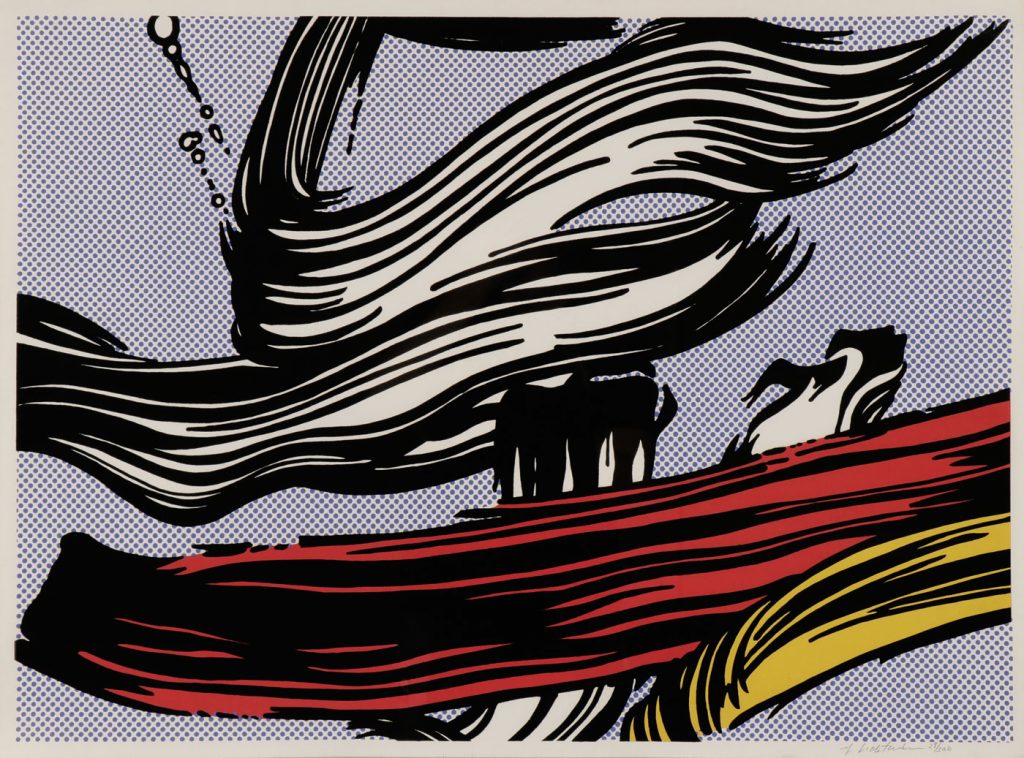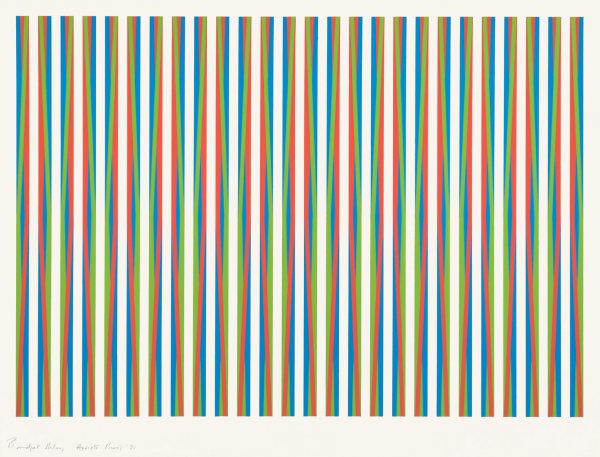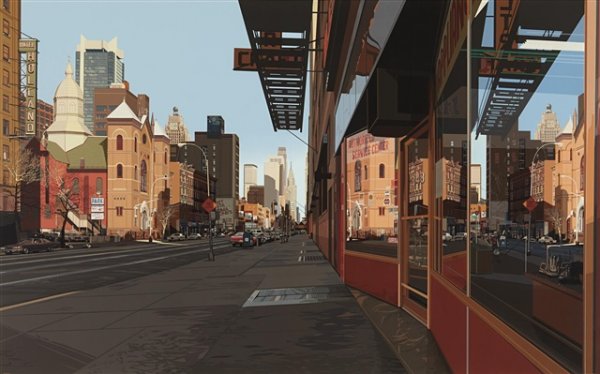10 Key Things To Know About Prints and Multiples
From originals to new additions, woodcuts to lithographs, there’s far more to print work than meets the eye.
1. What is a print?
Essentially a print is anything that is created via a transfer process. There are various types of print in existence, and the process of creating them is forever changing. However, the four best-known techniques are screenprint, lithography, etching and woodcut.
Screenprint: Is when an image is cut into a plastic film or a sheet of paper, creating a stencil. This stencil is then positioned in a frame, across which is stretched a fine layer of mesh to make a ‘screen’. This was a massively important innovation for members of the Pop generation including Andy Warhol, who would appropriate various popular images using the technique.
Lithography: This is where the artist draws onto stone using a grease-based medium. Normally this is special lithographic crayons, or greasy ink called a “tusche”. It has been embraced by many of the major artists of the Post-War period, including Joan Miró, Pablo Picasso, Jasper Johns and David Hockney.
Etching: Involves the use of an etching needle. The artist scratches an image onto a metal plate that’s coated in wax. It’s then submerged in acid, which quickly corrodes the metal exposed by the scratched lines.
Woodcut: This refers to when images are sketched on a block of wood before then being carved gouging tools. These raised parts are then coated in ink using a roller. German Expressionists including Ernst Ludwig Kirchner were particularly interested in woodcut and modern artists such as Helen Frankenthaler, Donald Judd and Damien Hirst have also used the technique.

2. Is a print more than just a copy of an original?
Despite the fact that printmaking involves reproducing an image, prints themselves are far more than simply a copy of an original. Printers – the people who work with the artist in producing an edition – are exceptionally skilled technicians, and are frequently artists in their own right.
3. Why do artists make prints?
Artists create prints for a massive variety of reasons. Some may be fascinated by the collaborative nature of the print studio, or the chance for the kind of innovation the medium offers. Others will be pulled towards a print’s potential to record each stage of a creative process. Prints indeed allow various outlets for different types of artists.

4. Originals vs. editions and multiples – what do I need to know?
A unique work that is ‘original’ is so called because it is generally produced as a limited edition. Each print is also given an edition number, usually displayed as a fraction – 24/50 for example. The number on the right-hand side of the slash indicates the edition size (so 50 in this example), while the figure on the left-hand side is the individual print’s number. Artists may also create a limited number of artist’s proofs and these are usually marked A/P. They are exactly the same in nature to the standard edition.
5. How important are the different types of paper used in prints?
Very! The choice of paper is a crucial element of the printmaking process as it can strongly influence the finished effect. Jasper Johns particularly is famous for using much heavier, higher quality paper for his prints, while Warhol preferred thinner, less expensive paper.

6. Do different printmaking studios make a difference in terms of price and quality?
Yes. There are many studios that have historically been vital, both for the work that has been undertaken and the development of printmaking itself. The result is that many collectors follow a particular studio and take a keen interest in publications that have been produced there specifically.
7. Are all prints signed? What does it mean if I find a print without an artist’s signature?
Most of them are. Warhol and Picasso both typically stamp-signed many of their prints, and some larger portfolio editions were marked solely on the title page. However, it doesn’t mean a print is worthless if it only bears the artist’s initials. In fact, some artists only initial their prints, such as Lucian Freud and Richard Diebenkorn.
8. Which artists should I be following at auction?
From Rembrandt to Albrecht Dürer, Warhol to Picasso to Toulouse-Lautrec, there have been some incredible print makers over the last few centuries. Their works are highly collectable, creating iconic images that were advanced through innovation. The choice is yours!

9. How do prints sit within a broader collection?
The role of prints in a collection is as multifaceted as the pieces themselves. Collections also tend to feature compositions and themes found in sculptures or paintings. They offer the chance to build a more comprehensive repertoire, telling a more complete story about an artist’s work and life.
10. How should I care for my print?
How your new print is framed is an important consideration for keeping it in excellent condition long term. It’s well worth paying a bit more to visit a reputable framer as this will ensure the piece is properly mounted using the right materials.
It’s worth remembering that if a print consists of bold, bright colours, avoid hanging it in direct sunlight. It should also be kept well away from any source of moisture, and above all – never trim your print to get it in the frame! Again, this is where professional framers are worth their weight in gold.
